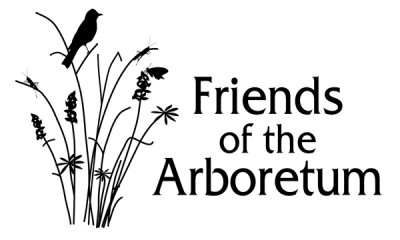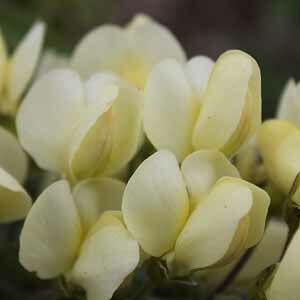COMMON NAME: Cream baptisia, creamy wild indigo, rattlepod
SCIENTIFIC NAME: Baptisia leucophaea – This plant may have been used as a poor substitute for indigo dye as the origin for baptisia.
FLOWER: Creamy white, yellowish
BLOOMING PERIOD: Late May to mid-June
SIZE: 10 to 32 inches high; the plant forming a mound broader than tall.
BEHAVIOR: Long-lived, deep-rooted perennial. With age it forms a multi-stemmed clump like a shrub. It does not sucker and is slow to self-seed.
SITE REQUIREMENTS: Full sun or very light shade. Does well in rich or sandy soils, even heavier soils if they are not too wet.
NATURAL RANGE: Primarily a midwestern plant growing from Arkansas and east Texas north to Michigan, Wisconsin, Minnesota and Nebraska. In Wisconsin cream wild indigo occurs on rich and sandier prairie remnants in the southern and western part of the state.
SPECIAL FEATURES: Cream wild indigo bears its large showy clusters of flowers on a stalk. It is one of the earliest prairie species to bloom. The leaves and large pea-like fruit turn black with the first frosts and make an interesting subject for dried arrangements. This plant is of special value to native bees and attracts butterflies.
SUGGESTED CARE: Water carefully during the first season after planting. It may be damaged by wind and need support from companion plants. It seems to be tolerant of hot, humid summers, poor soil and drought.
COMPANION PLANTS: Lead plant, smooth aster, coreopsis, downy gentian, alumroot, purple prairie clover, downy phlox, prairie dock, blue-eyed grass, prairie dropseed, needle grass and bird-foot violet.

